Dan Grieve Golf Tips: 3 Releases To Save Your Short Game
Dan Grieve is a world-renowned short game expert and his 3 releases system has helped countless amateurs to play better golf. Dan explains all in this video...
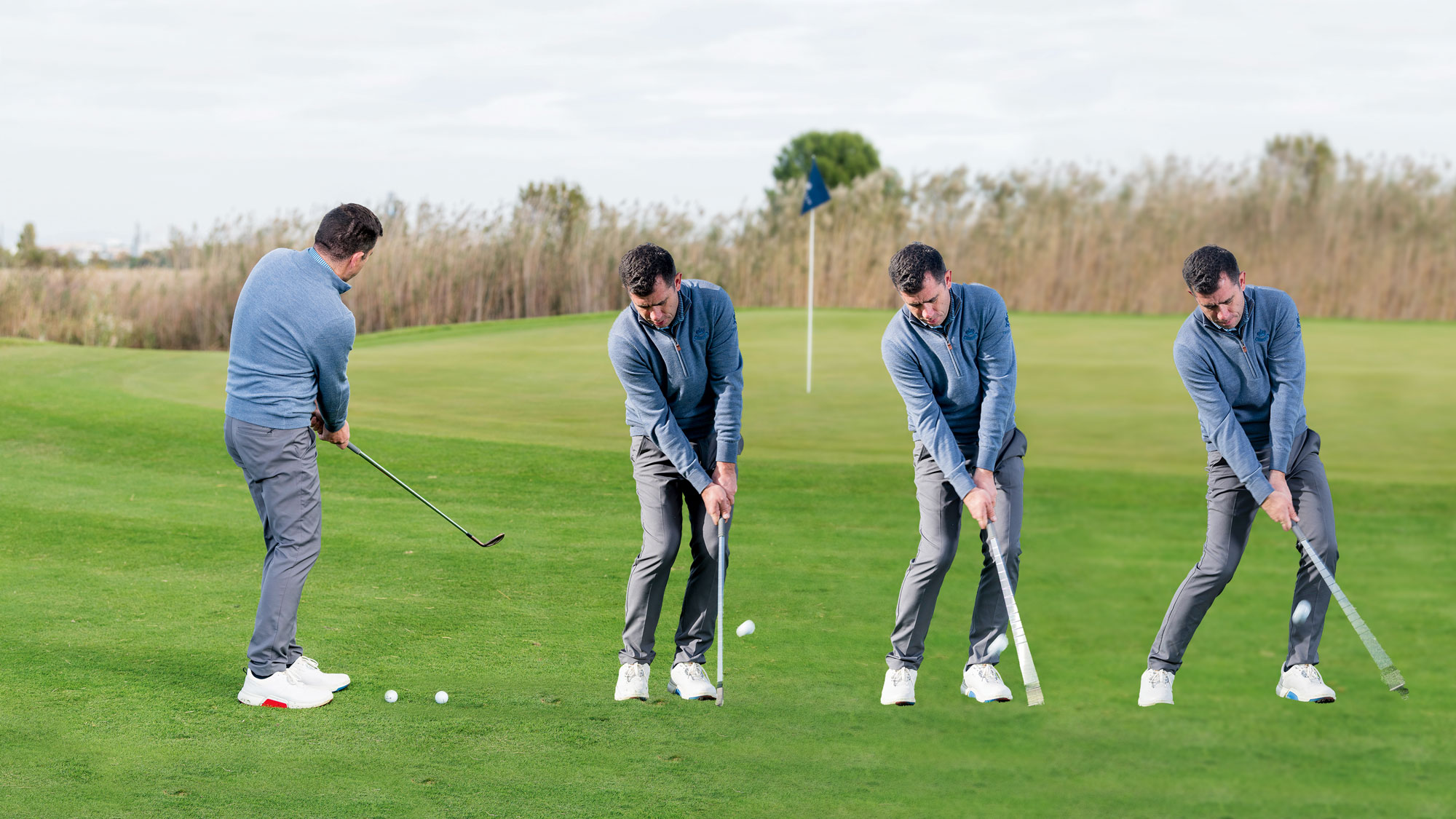

Barry Plummer
Whether it’s chunking or thinning, lots of amateurs struggle to make consistently good contact when chipping, which saps their confidence and costs them shots.
Having a short game lesson with your local pro on how to hit chip shots would almost certainly help you to improve your consistency around the greens, but in the meantime we have provided you with an opportunity to learn from one of the best short game experts in the world.
In this video and article, short game guru Dan Grieve shares his famous 'three releases', which will cover you for most positions you are likely to find yourself in. These key techniques will allow you to make better contact more often, generate more spin with your chip shots, and get up and down from anywhere around the greens...
Dan Grieve: 3 Releases Explained
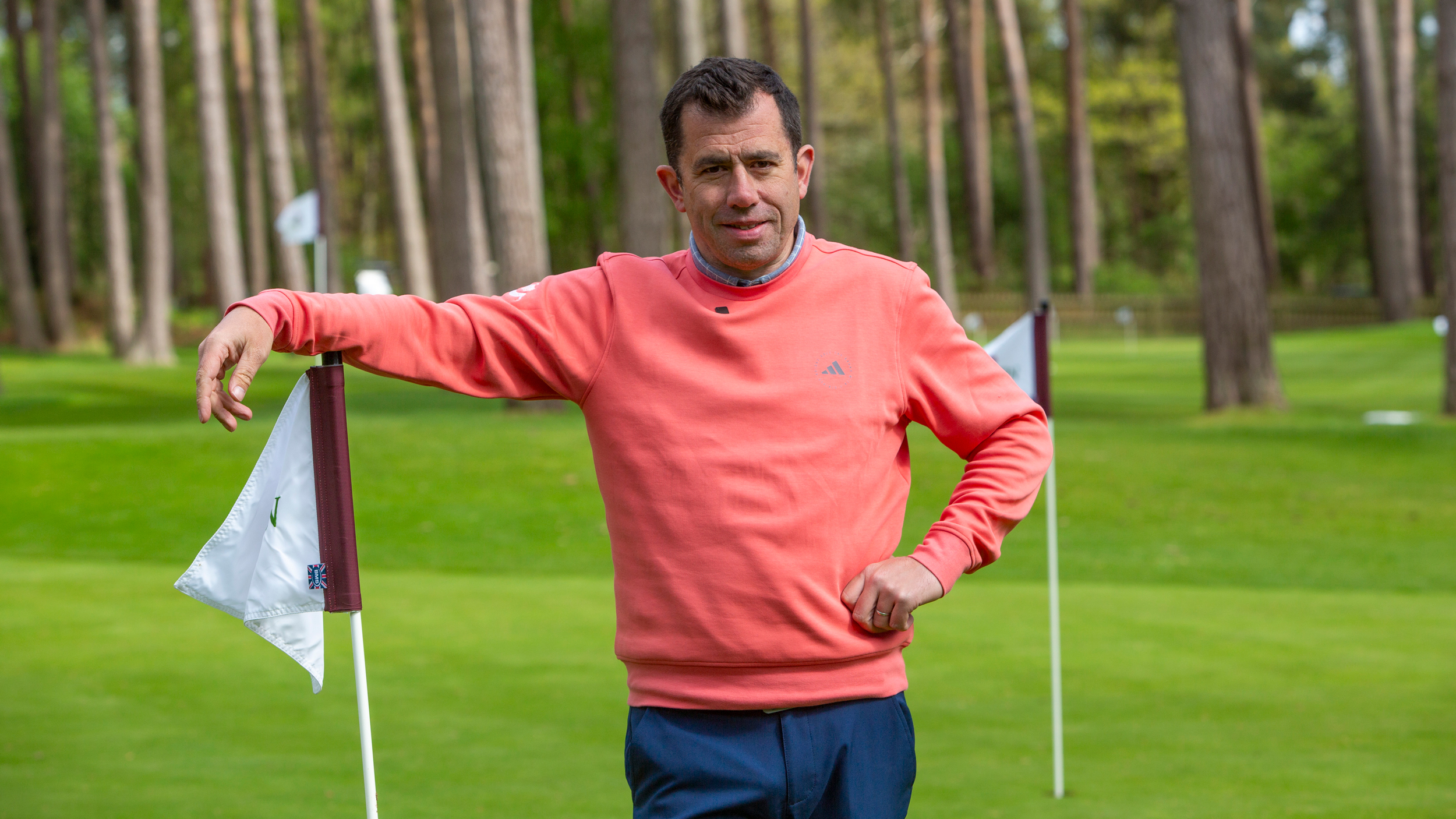
Dan Grieve is one of the leading short game experts in the UK, and has had considerable success with a collection of tour pros including Charley Hull and Georgia Hall. His short game school is the most attended in the UK, and his reputation in the short-game sphere is incredibly respected.
Release One
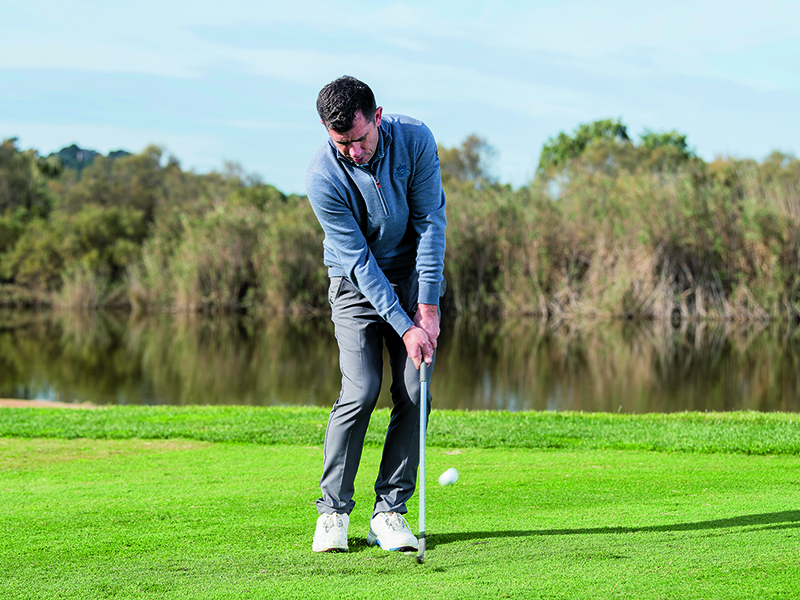
Release one is great for the chip-and-run shot around the greens...
Release one is ideal for a chip-and-run. At address, flare your left foot out a little and have your feet a clubhead’s width apart. With your weight favouring your left side, this creates a pivot from your left foot, through your hip and into your shoulder. Stand a little closer to the ball and lift the handle so there’s no angle in the left wrist. Rotate around your pivot and aim to get the butt of the grip pointing at your left hip in the follow-through.
Release Two
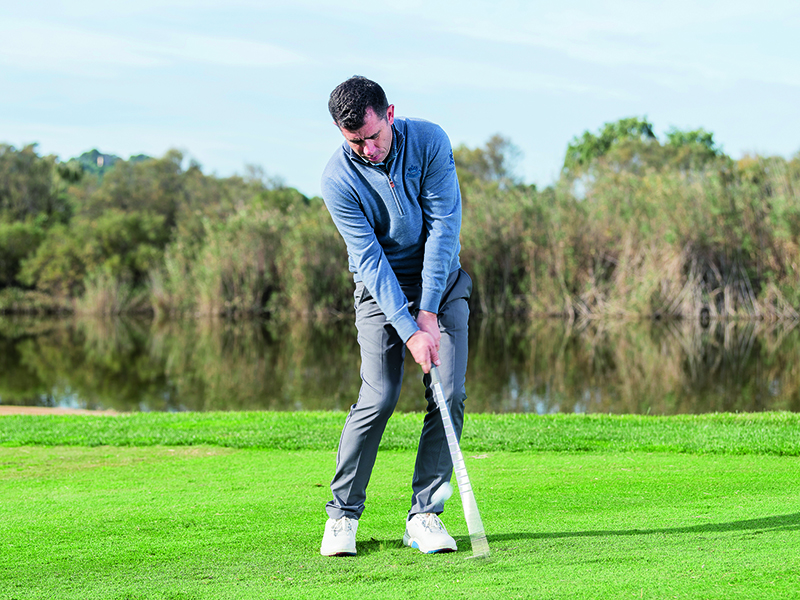
Release two will help you to generate plenty of spin...
For release two, your stance should be the width of two clubheads and keep your left foot flared out. Have the ball just forward of centre with a neutral shaft lean. On the backswing, the toe of the club should be pointing up, as that will protect the loft and bounce. Swing the club past the hands so the butt of the grip points at your belt buckle after impact. This will slide the club under the ball for more spin.
Release Three
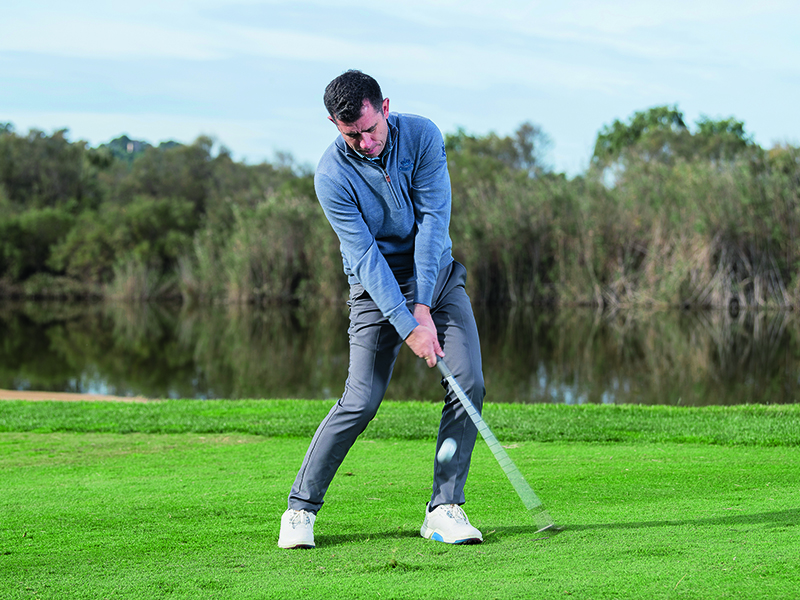
Release three is great for lob shots around the green...
Release three is the lob shot technique, which requires a longer swing and a wider stance. The ball position should be towards your left heel, with the shaft angle pointing slightly away from the target. Keep your hands low at address so there’s some angle in your left wrist and open the face. You want to actively release the club through impact so the butt of the grip points towards your right hip.
Subscribe to the Golf Monthly newsletter to stay up to date with all the latest tour news, equipment news, reviews, head-to-heads and buyer’s guides from our team of experienced experts.
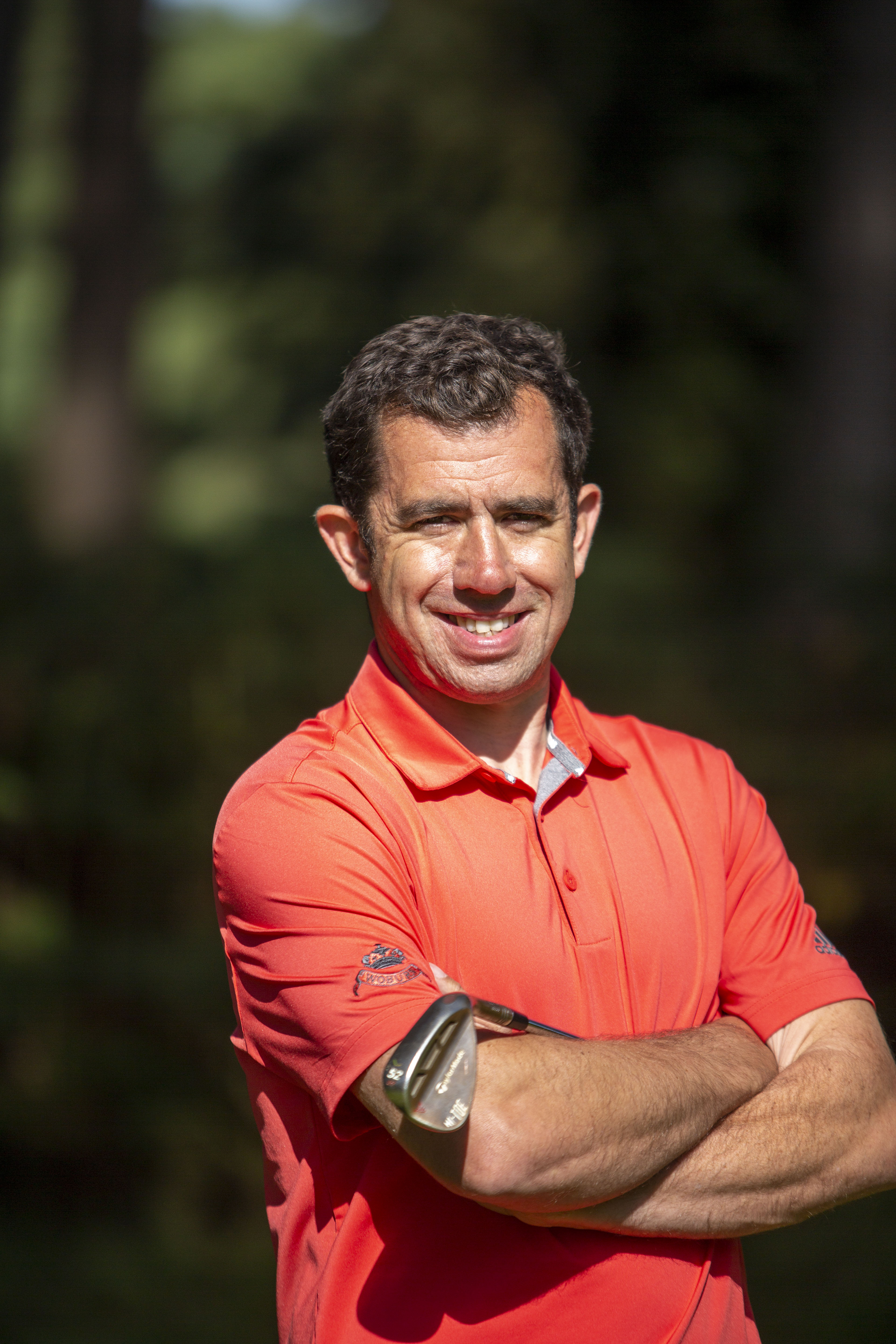
Location: Woburn GC
Dan is one of the leading coaches in the UK, a Fellow of the PGA and a short-game virtuoso. He has had considerable success with a collection of tour pros, helping them to Order of Merit titles and major victories, and his Short Game School is the most attended in the UK. His students, past and present, include Charley Hull, Georgia Hall, Inci Mehmet and Iona Stephen.
Most common problem:
Swing – over the top , help by getting the basics correct at address and making them aware how to get the club online coming down.
Short game – creating spin and feel around the greens, help by educating on what the short game actually is (weak on purpose) and understand bounce and how they can apply it to different lies/situations.
Greatest success story:
Helping Georgia Hall from World No. 450 to No. 6 and winning a Major, two Order of Merits and Solheim Cup appearances.
Greatest teacher:
Alex Hay was a great influence during my first few years at Woburn. In sport more generally Sir Clive Woodward has taught me how to deliver at the highest level.
Most common fault:
Flipped right hand (hands behind the ball). Understand a correct coil/load going back and how to sequence better coming down so the chest opens up and gives the arms space to deliver a stronger impact. Lots of body action drills to enhance the feel, with and without the ball.
- Barry PlummerStaff Writer